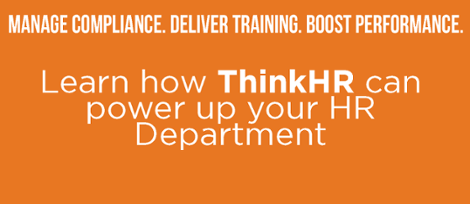 On April 7, 2017, the Treasury Inspector General released the results of its audit to assess the Internal Revenue Service’s (IRS) preparations for ensuring compliance with the employer shared responsibility (employer mandate) rules and related reporting requirements. Due to many system and operational problems, the IRS is still not able to identify employers subject to any of these penalties and thus, the enforcement of these rules has not commenced.
On April 7, 2017, the Treasury Inspector General released the results of its audit to assess the Internal Revenue Service’s (IRS) preparations for ensuring compliance with the employer shared responsibility (employer mandate) rules and related reporting requirements. Due to many system and operational problems, the IRS is still not able to identify employers subject to any of these penalties and thus, the enforcement of these rules has not commenced.
In other words, the IRS still does not have the capabilities to review and enforce penalties related to Form 1094 and Form 1095 filings. These shortcomings will supposedly be corrected in the near future and the IRS has issued guidance about when and how it will notify applicable large employers (ALE Members) of potential employer mandate tax assessments.
Top Q&As
How will an employer that filed Form 1094-C, Transmittal of Employer-Provided Health Insurance Offer and Coverage Information Returns and Form 1095-C, Employer-Provided Health Insurance Offer and Coverage, know that it owes an employer shared responsibility payment?
The IRS expects to adopt procedures that ensure ALEs receive certification that one or more full-time employees have received a premium tax credit. The determination of whether an employer may be liable for an employer shared responsibility payment and the amount of the potential payment will be based on information reported to the IRS on Forms 1094-C and 1095-C and information about full-time employees of the ALE that received the premium tax credit. The IRS will contact ALEs that filed Forms 1094-C and 1095-C by letter to inform them of their potential liability, if any. These letters will provide ALEs an opportunity to respond to the IRS before any liability is assessed or notice and demand for payment is made. (These letters are separate from the letters that the IRS may send to employers that appear to be ALEs but have not satisfied the requirement to file Forms 1094-C and 1095-C.)
The contact for a given calendar year will not occur until after both the due date, including extensions, for employees to file income tax returns for that year and the due date, including extensions plus a reasonable time for corrections based on errors identified by the IRS during processing, for ALEs to file Forms 1094-C and 1095-C.
COMMENTS: The key aspect of this answer is that employers will have an opportunity to respond to any inquiry letters before any penalty is assessed or notice and demand for payment is made. It is important to note that these letters are separate from the letters sent beginning in 2016 from the Department of Health and Human Services to employers who had employees who received a subsidy to purchase insurance on the Exchange. When penalties are assessed by the IRS after any appeal was made, employers will receive a second letter with a demand for payment. Employers will not be required to include the penalty payment on any tax return that they file.
When does the IRS expect to begin notifying employers that filed Forms 1094-C and 1095-C of potential employer shared responsibility payments?
The IRS expects that the letters informing ALEs that filed Forms 1094-C and 1095-C of their potential liability for an employer shared responsibility payment for the 2015 calendar year (with reporting in 2016) will be issued in 2017.
The IRS expects it will begin issuing letters informing ALEs that filed Forms 1094-C and 1095-C of their potential liability for an employer shared responsibility payment, if any, in the latter part of each calendar year in which reporting was due (for example, in late 2018 for reporting in 2018 for coverage in 2017).
COMMENTS: We are now well into 2017 and letters have yet to be issued. Everyone has an opinion on when the letters will be forthcoming but the IRS has not released any definitive date(s) as of this writing. However, the longer the IRS delays issuing the letters, the more problematic statutes of limitations issues become. Given some 2015 reporting statute of limitations expire in 2018, I expect the IRS to start issuing letters for the 2015 reporting year prior to the end of the 2017 calendar year.



